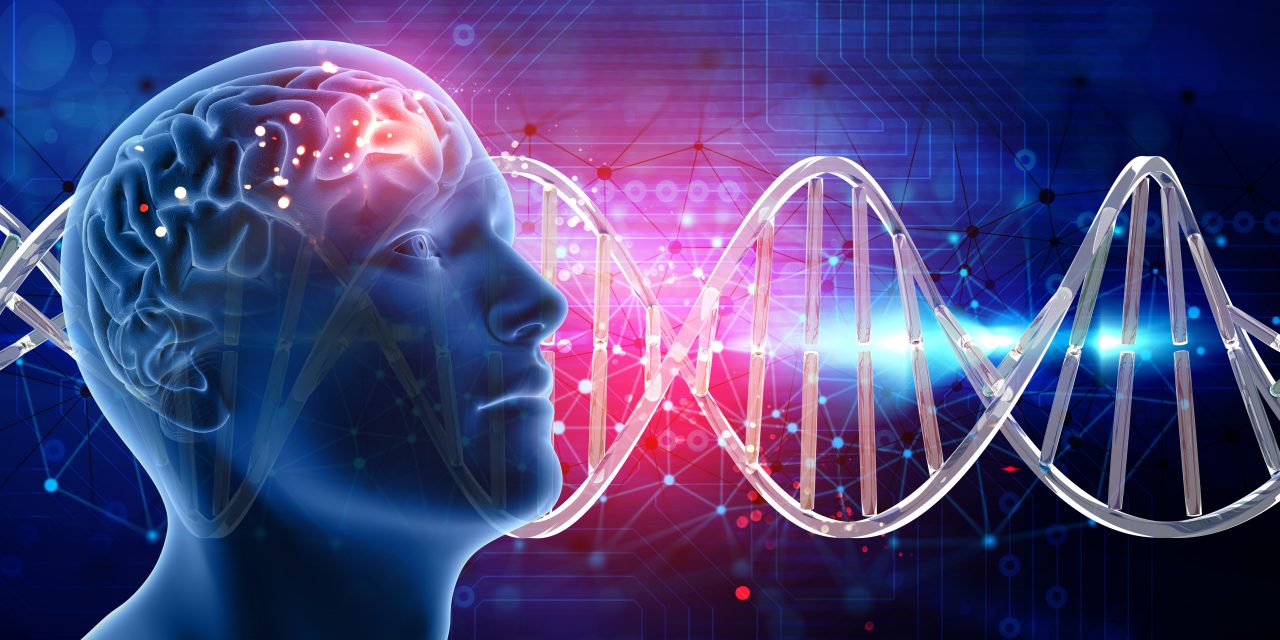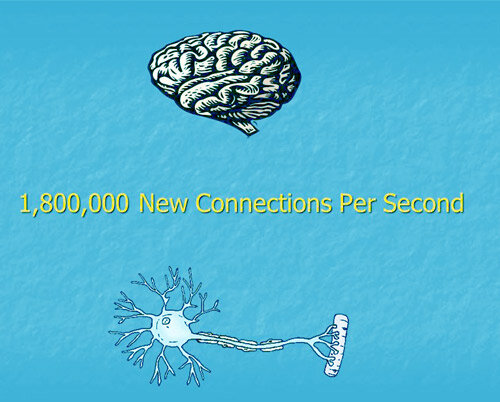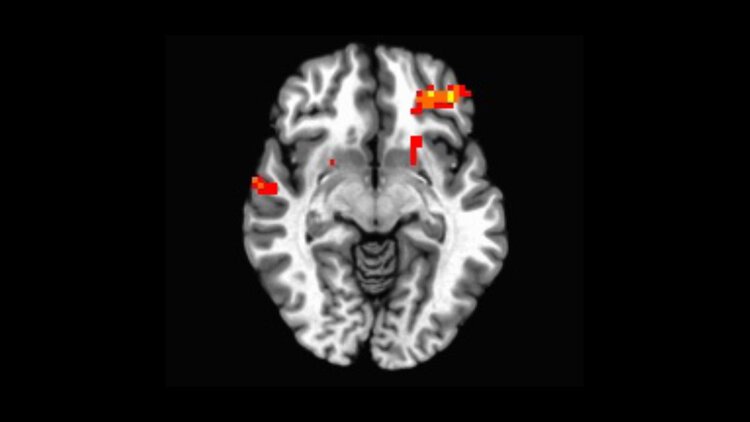In biology, and specifically in human growth and development, there are always two parts to any equation, nurture and nature. We have talked about nurture quite a bit in previous blogs, discussing the effects of socio-cultural interactions and family on the way an individual develops and shapes their own personality. We have also talked about nature to an extent, discussing how neural changes in certain brain regions affect personality and lead to the behavioral transformation we frequently observe and associate in teenagers. However there is one big part of nature that we have not yet discussed, one so integral that we can never leave out of any conversation about the human body. And that is genetics.
Most people are familiar with the fundamental ideas and theory behind genetics. We all get one copy of genes from each of our parents, which leads to each of us having a unique genetic code helping preserve and maintain the diversity of life. Genetics plays a role in everything we do, as dictated by the central dogma. It is our genes which are eventually translated into proteins which perform all of our bodily actions. Oftentimes, it is hard to pinpoint one specific gene which is responsible for a body process, instead labeling a cluster of genes that work together to get the function or activity performed. It is these genes that help dictate the sudden development of brain regions during adolescence, and it is these genes such as the brain-derived neurotrophic factor (BDNF) that are responsible for the brain plasticity that makes such development possible.
Genetics also play a large role in disease, with mutations in certain genes being linked to heightened risk of obtaining Alzheimer’s, Parkinson’s, and Huntingon’s diseases. Mutations in these genes cause neural malformations, as development strays from normal leading to a damaged or diseased form of the brain. Ultimately, neuroscience and neurodevelopment is a broad field, with connections and relations all across disciplines in biology. It is important to keep in mind how other fields, such as heredity and genetics, have a huge influence on how we grow.
Extra Resources
1. Lenroot, Rhoshel K, and Jay N Giedd. “The Changing Impact of Genes and Environment on Brain Development during Childhood and Adolescence: Initial Findings from a Neuroimaging Study of Pediatric Twins.” Development and Psychopathology, U.S. National Library of Medicine, 2008, www.ncbi.nlm.nih.gov/pmc/articles/PMC2892674/.
2. Bueno, David. “Genetics and Learning: How the Genes Influence Educational Attainment.” Frontiers, Frontiers, 1 Jan. 1AD, www.frontiersin.org/articles/10.3389/fpsyg.2019.01622/full.





